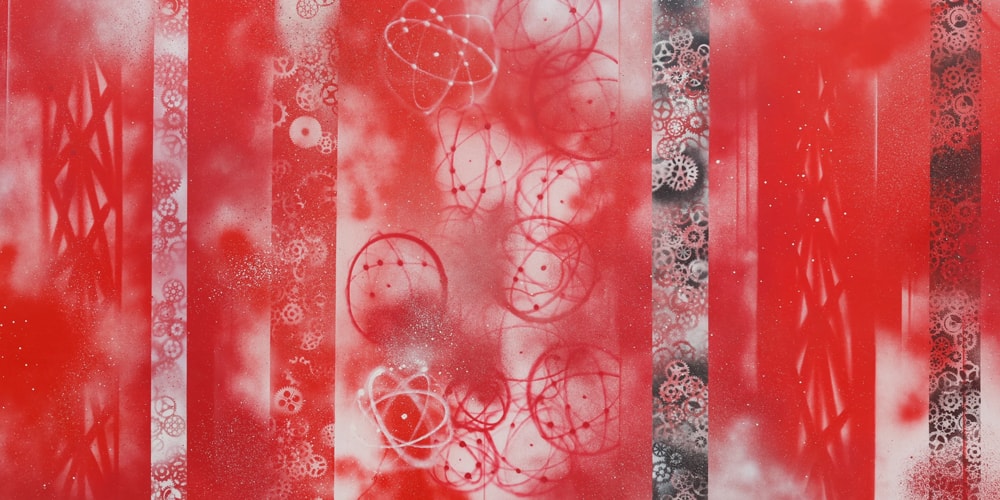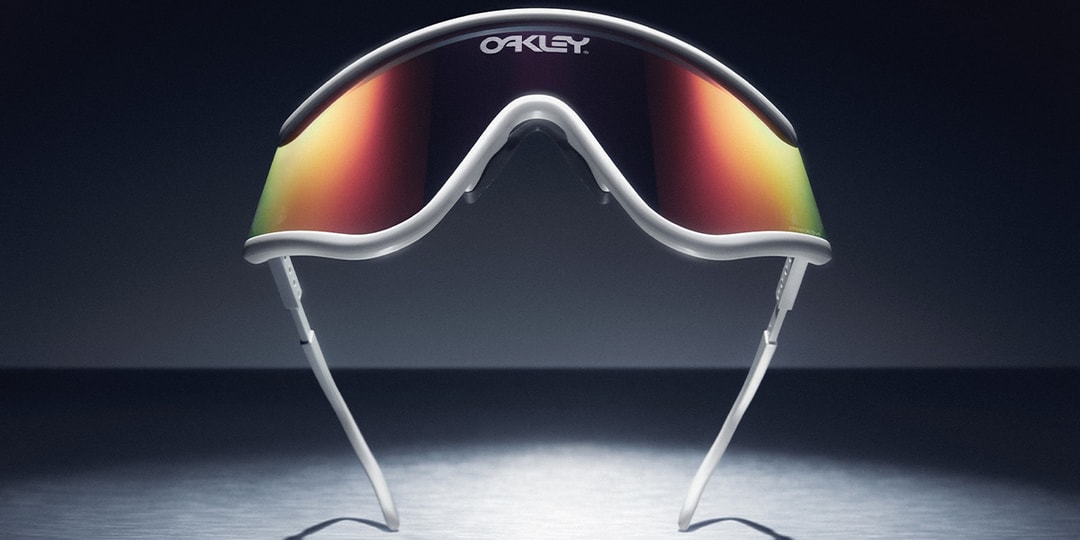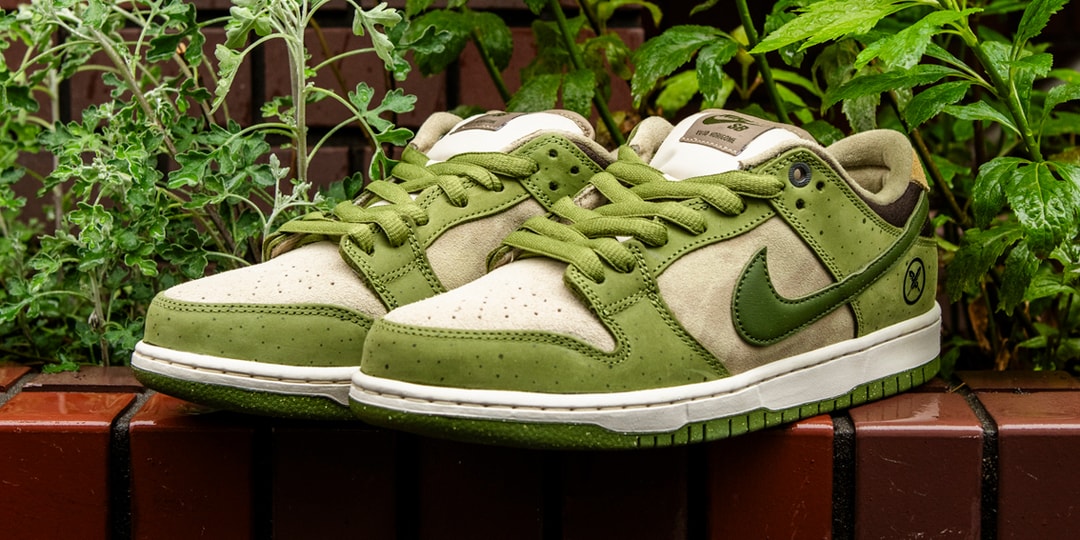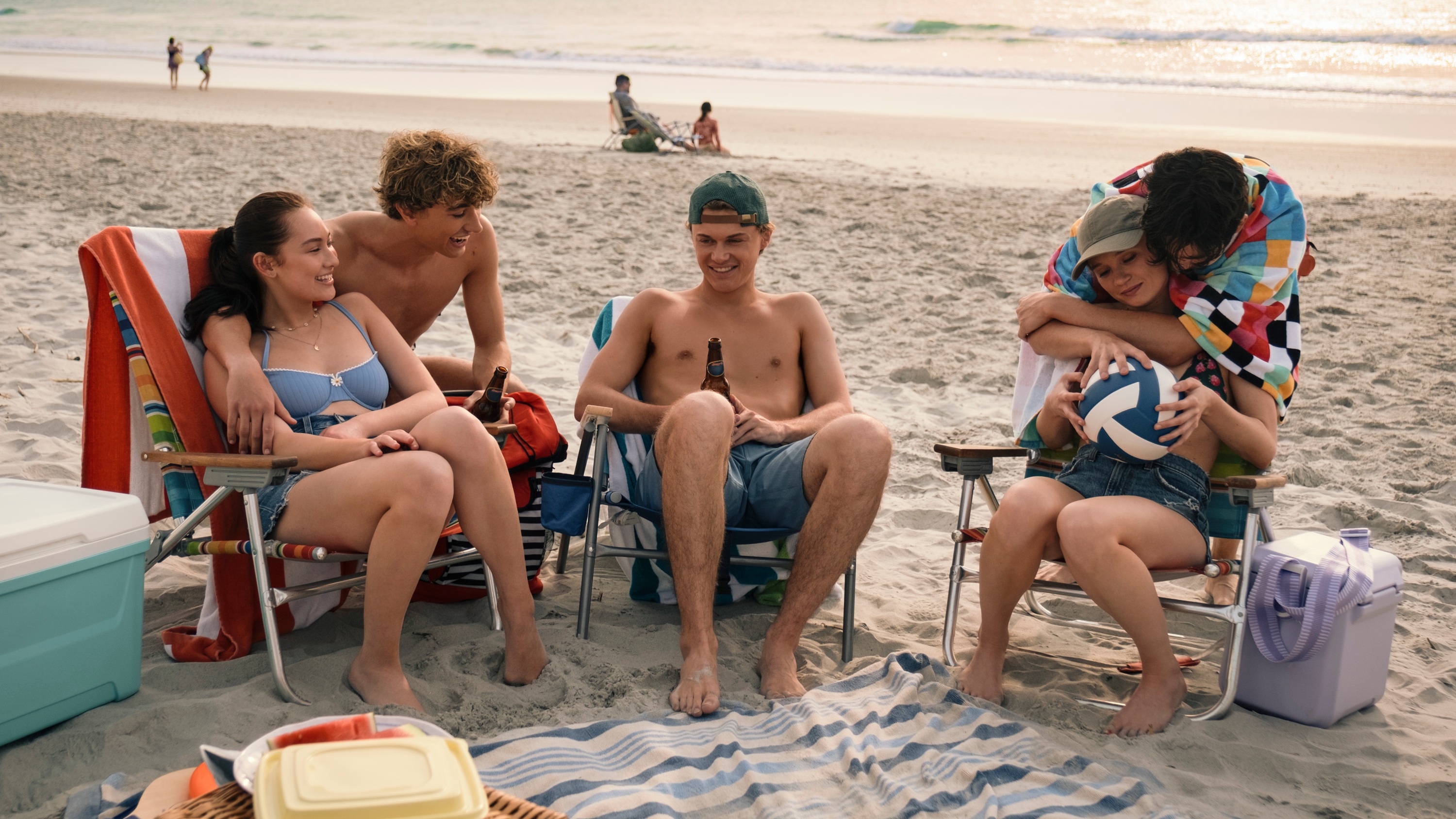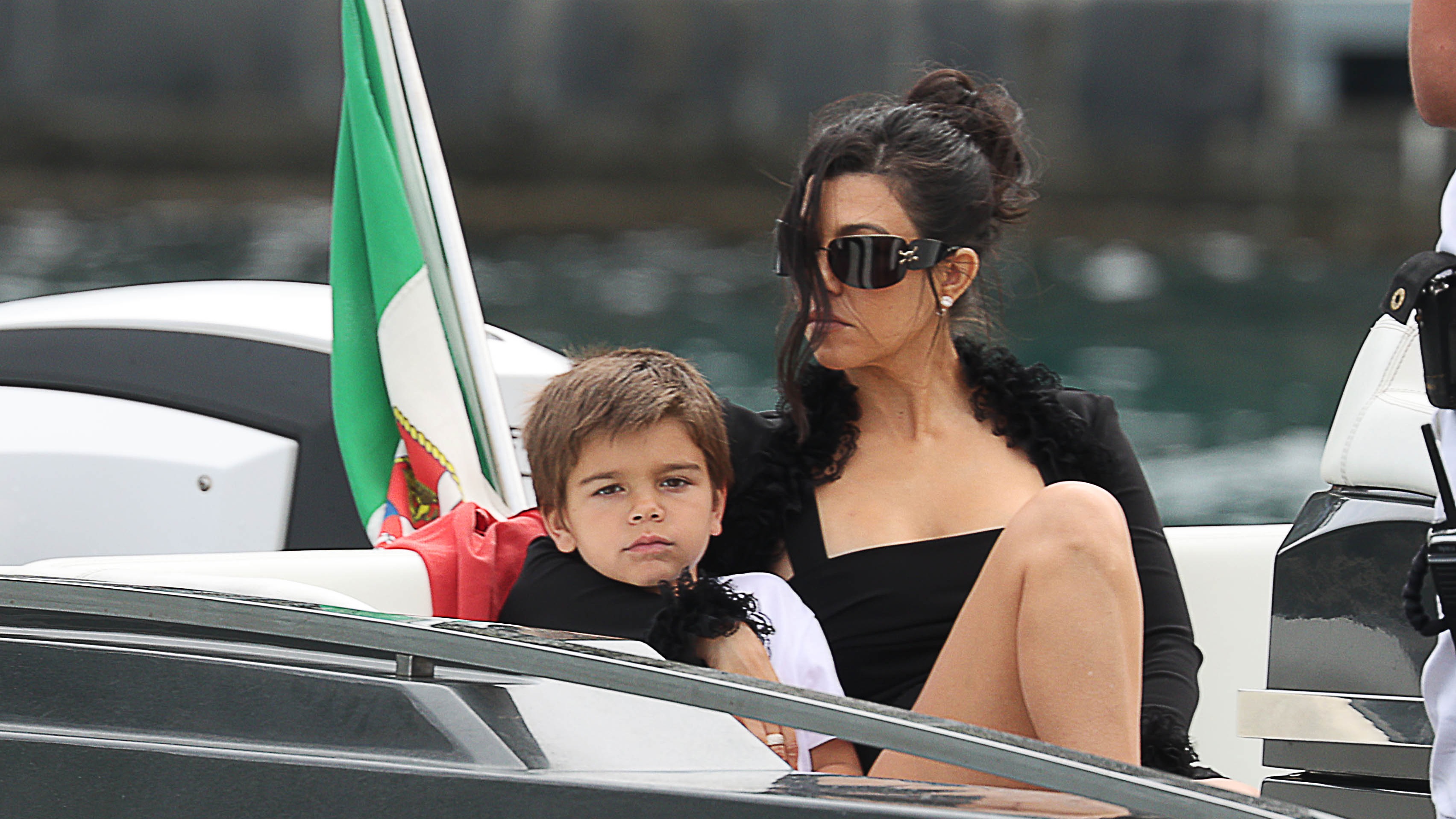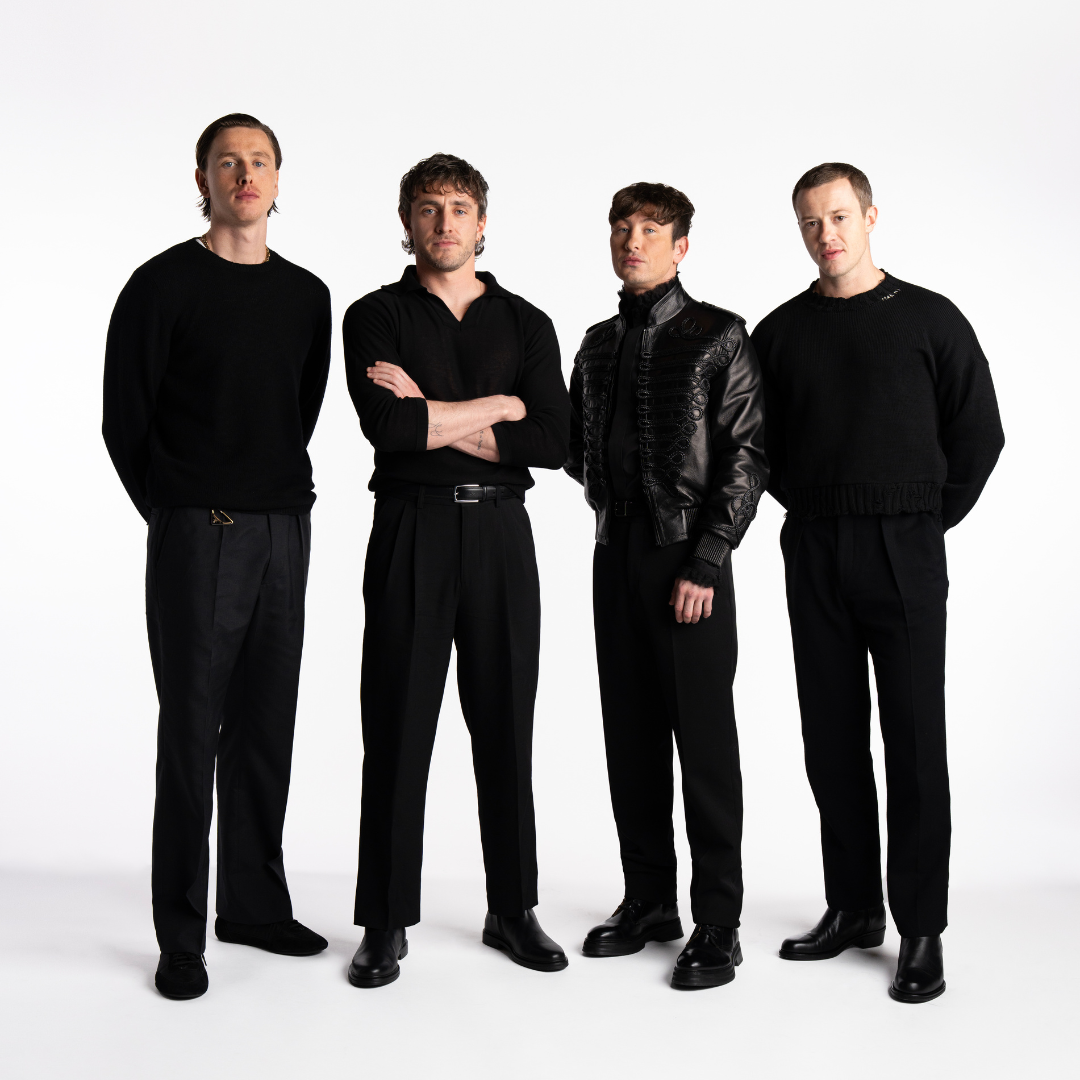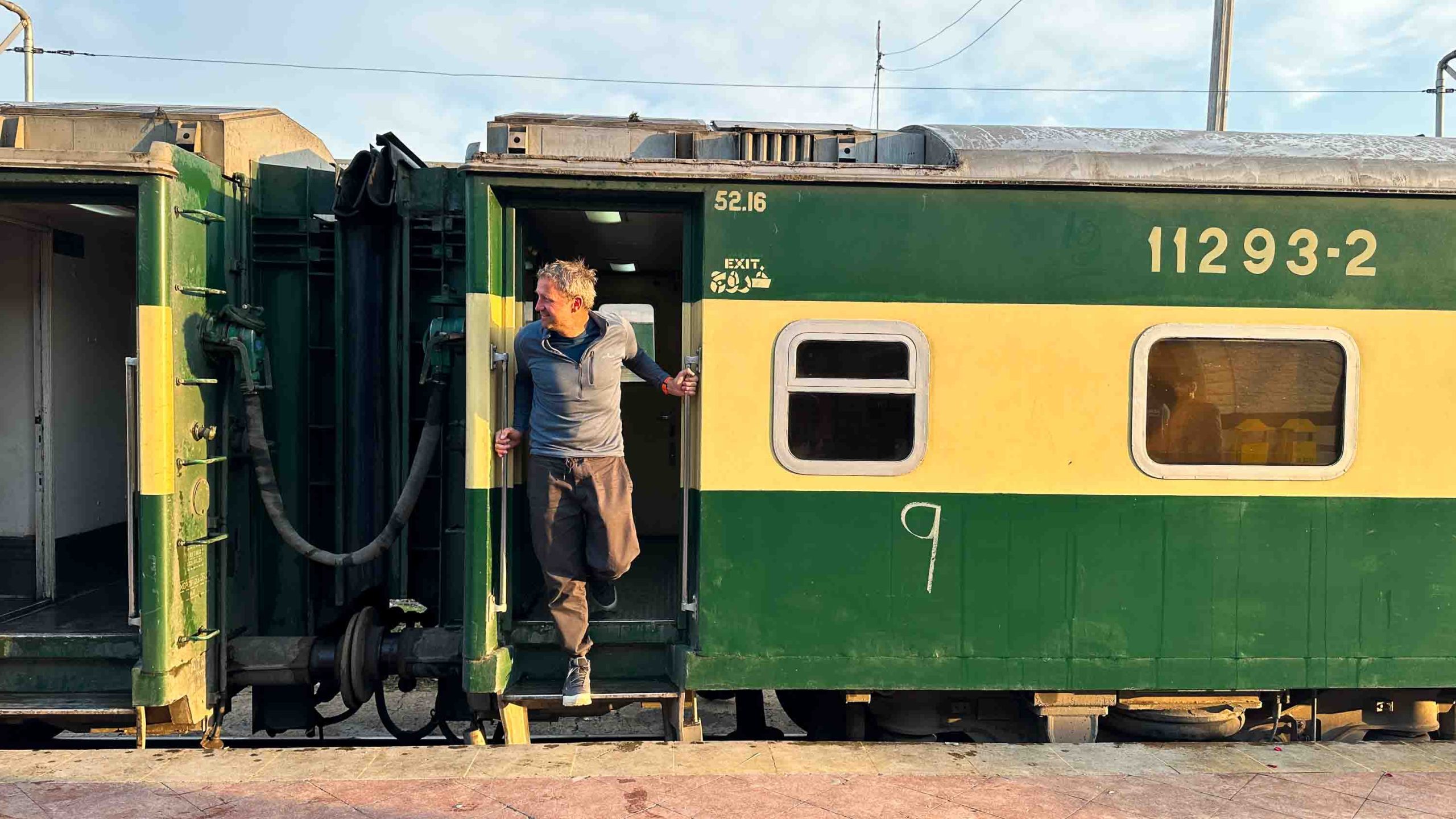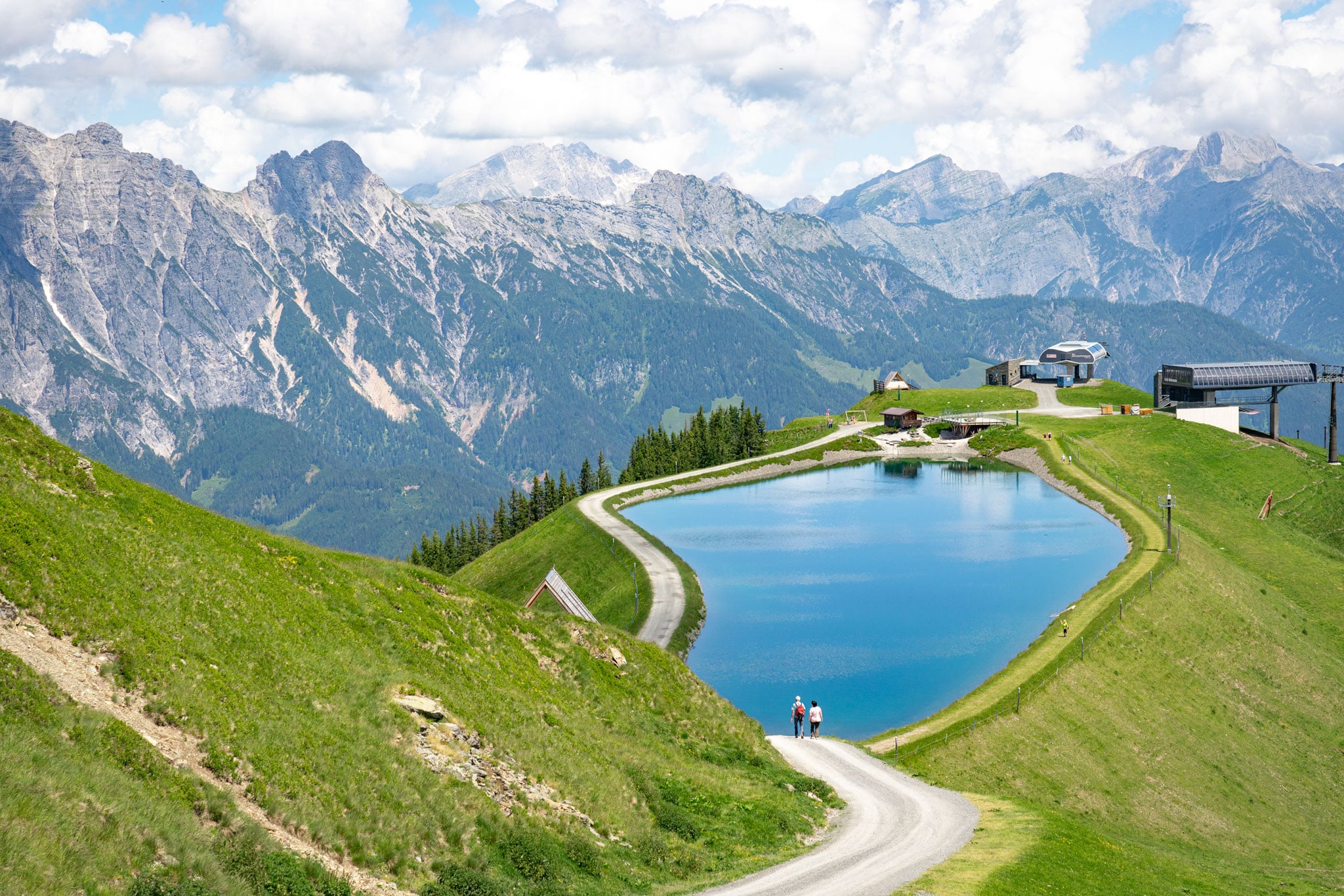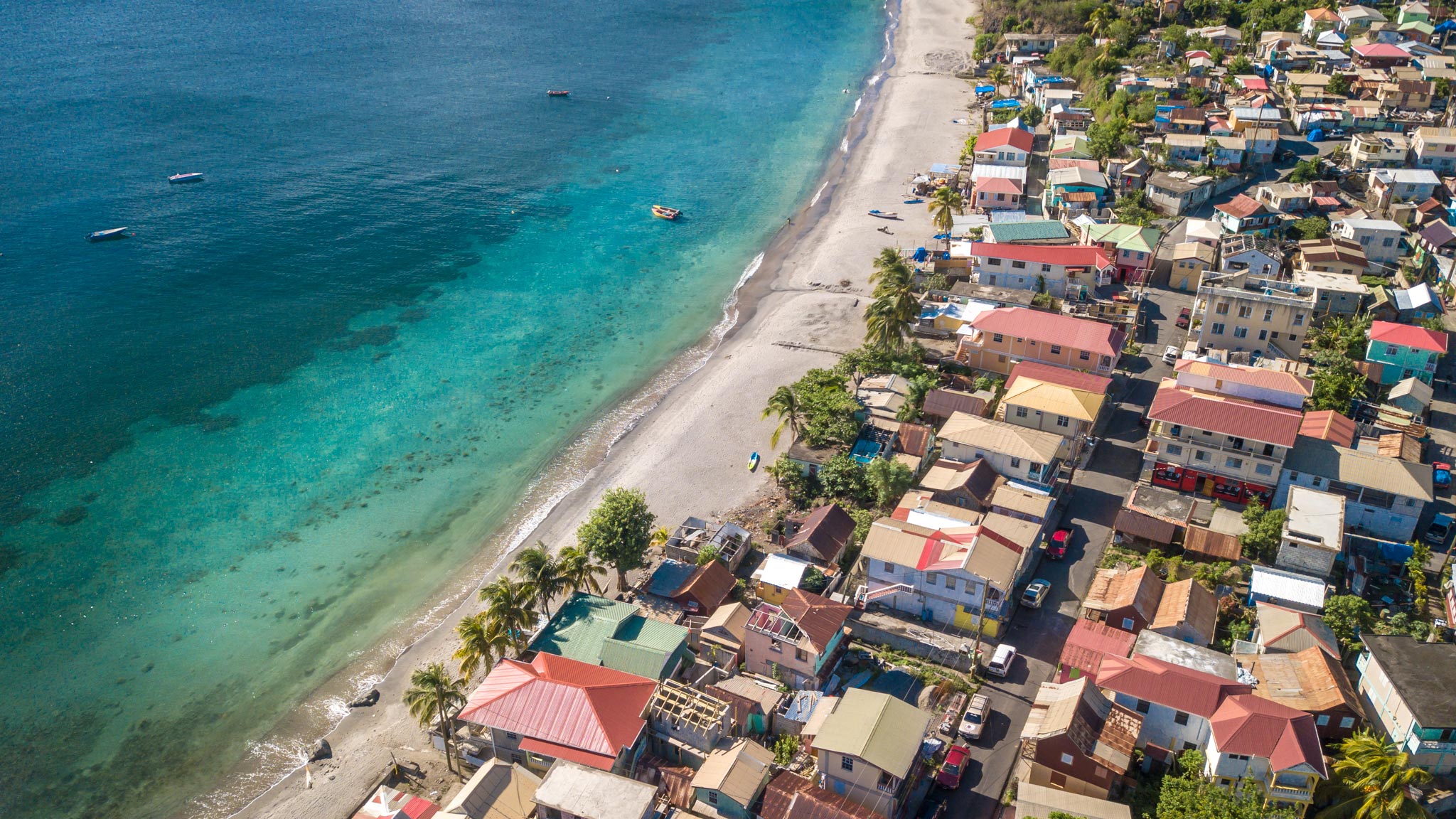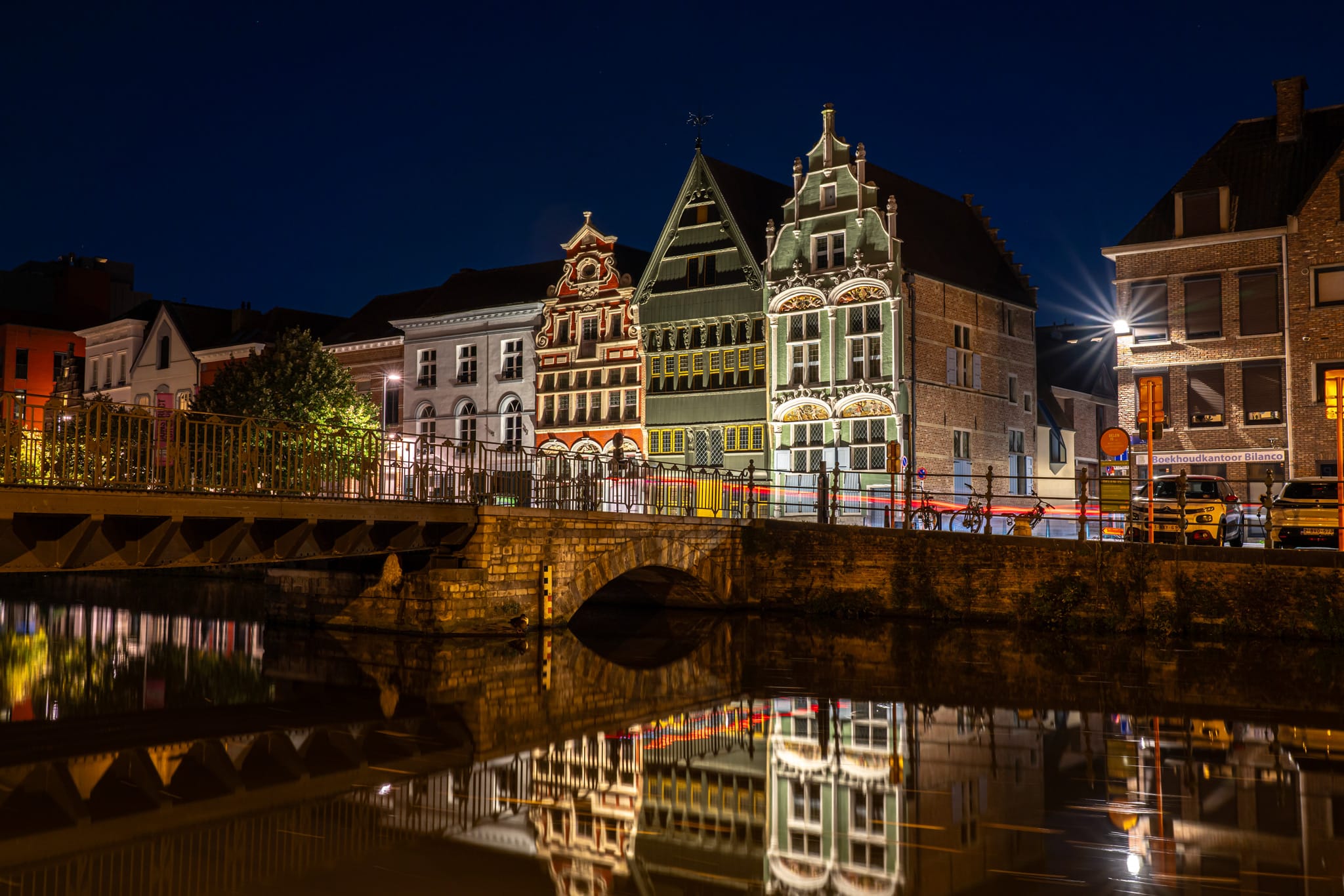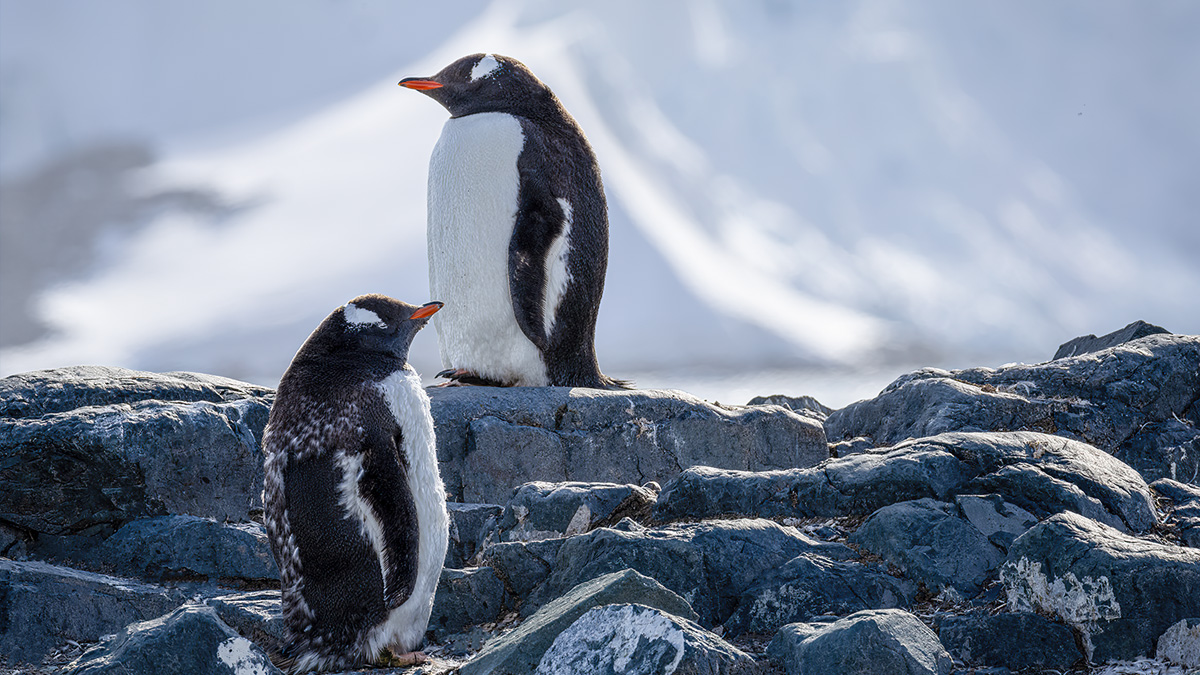When is the best time to visit Montenegro?
Montenegro is a place for summer beach days, spring and fall hiking and winter skiing. Here are the best times to visit to get the best from Montenegro.

Travel to the charming Balkan nation of Montenegro has long been tied to the concept of “the season” - a period of intense activity when locals work tirelessly to cater to the influx of visitors, only for everything to wind down once the rush subsides.
Traditionally, this busy period was limited to the warm summer months, but the tourist season in Montenegro now stretches from April to October. Outside of these busy months, many hotels, restaurants, bars, shops and even museums close, especially in the beach towns.
However, the summer peak is becoming a less attractive time to visit, with heavy traffic and multiple cruise ships arriving daily, threatening to overwhelm the country’s walled coastal towns. Prices reach an absolute peak in July and August, with a second peak in January in the ski areas inland from the coast.
Outside of these months, there are more bargains to be had, especially just after things reopen in March and at the tail end of the tourist season in October. May is arguably the best month to visit, as the attractions are open, the warm weather is ideal for outdoor activities, and there are some interesting cultural events on the calendar.
With a week or so to play with, you can explore the beaches of the scenic Adriatic Coast or wander through Montenegro’s mountainous interior. While your choices are more limited in the winter off-season, this quiet time provides a chance to experience Montenegro like a local.
Whether you’re here for the culture, the beaches or the scenery, here are the best times to visit Montenegro. 
March to May is the best time for good weather, outdoor fun and festivals
For comfortable weather without the crowds that descend during the summer, the spring shoulder season is the optimum time to visit Montenegro. At the end of May, everything’s in bloom, skies are blue, the countryside is green and bees are hard at work pollinating the wildflowers.
Conditions are ideal for walking in national parks such as Biogradska Gora National Park and Lovćen National Park, with average daytime temperature climbing to around 73°F (23°C). Keep your eyes peeled alongside hiking trails for delicate purple, yellow, bee and naked-man orchids, along with wild rock roses and irises.
As water lilies start flourishing on Lake Skadar, the town of Perast
commemorates victory over Turkish invaders in the 17th century with a
lively procession, church services and dancing on 15 May. The
celebrations also include a controversial competition to shoot a rooster
floating on a raft, despite attempts to end the tradition. Late spring is also a great time for rafting on the Tara River in Durmitor National Park.
September and October are best for outdoor activities
Another season that’s perfect for dodging crowds, the fall months of September and October see the best of both worlds. Visitor numbers and prices fall slightly, but the water is still warm enough for swimming in some areas, and the weather on land is great for hiking.
Plan a gentle stroll around Lake Biograd or Durmitor’s Black Lake, or
gear up for a multiday expedition along the Coastal Mountain Traversal
trail or the Peaks of the Balkans
path. Fall also ushers in September’s International Klapa Festival, a
celebration of Dalmatian musical traditions in Perast (there’s another
important Klapa celebration in July in the coastal town of Omiš).
September and October see temperatures fall slowly from 81°F (27°C) to 72°F (22°C), before the skies darken for the country’s main rainy season from November until April. Budget-conscious travelers can find some good deals in October, but the best discounts of the year don’t begin until winter.
December to March is best for budget travelers and snow sports fans
While most of the tourism infrastructure in Montenegro is geared towards the warmer months, excellent skiing and deserted walled towns make winter the perfect time for snow sports enthusiasts with a taste for history.
When a country has a mountain in its name, you best believe there’s good skiing to be enjoyed. From December to March, no matter where you are in Montenegro, there’s bound to be some snow somewhere on the horizon.
Concentrated in the mountains around Kolašin and Žabljak, Montenegro’s ski resorts get busy during the European Christmas holidays, with the peak time around Christmas and New Year. Though many businesses on the coast close during this frosty season, winter sports hubs come alive, offering a unique way to enjoy Montenegro without the higher summertime prices. The ski season winds down by March in many resorts, but places such as Žabljak can still have snow as late as April.
There’s more to winter in Montenegro than skiing. Join the locals heading up Mt Orjen to go sledding, or make a day of exploring the snowy peaks with snowshoes in Durmitor National Park or Kolašin (home to many of Montenegro’s best-equipped ski resorts). 
When you’re not playing in the snow, pop down to Rijeka Crnojevića, the winter retreat of Montenegro’s rulers from the 15th century onwards, to feast on freshwater fish by the Stari Most bridge. December is also a time to enjoy small Christmas markets lit up by sparkling lights in many cities and towns.
January brings rain and colder conditions, particularly at higher elevations – the mercury can plunge as low as 24°F (-4°C) in Kolašin. Landslides and flooding can also occur after heavy rain, so monitor local weather reports and stay inside if conditions seem dangerous. Travelers should also watch out for the bura – an intensely cold, dry and gusty northeasterly wind that slams the coastal region in winter.
Venetian Carnival traditions linger on in the historic coastal towns of Tivat and Kotor, with masked balls and parades in the lead-up to Lent in February. For more fun, join in the Festival of Wine & Bleak, held in December in Virpazar, where you can stuff yourself with fish, sample local wines and tap your toes to traditional music. 
June to August is the peak season for beaches and tourists
While crowds cram the beaches along the coast during Montenegro’s warm summer months, there’s plenty of fun to be had while exploring the Adriatic shoreline and the clear waters that sparkle in the Bay of Kotor. Despite its small size, Montenegro delivers plenty of variety for lovers of sand and sea, though the peak season comes with peak prices, which jump to an absolute high in July and August.
For the best beaches in the country, jump in a water taxi in Herceg Novi to reach the secluded bays at Dobreč, Žanjic and Mirišta on the Luštica Peninsula. You can also enjoy beach-lined coves and sublime views over the walled island village of Sveti Stefan around the resort town of Budva, bask on idyllic pink sands at Queen’s Beach, or enjoy a clothing-optional beach day at Ada Bojana.
Some of the nation’s best beaches can only be reached by water, so look out for water taxis plying their trade at resorts along the coast. Summer is also great for canyoning through the Nevidio Canyon south of Žabljak and Škurda Canyon west of Cetinje, as the gorges are drier (and therefore safer for exploring) compared to the spring.
In June, Tivat celebrates all the weird and wonderful dishes that can be made from wild dandelion (chicory) and other local ingredients during the annual Žućenica Fest. Over in the Plav region, it’s all about blueberries; the July Days of Blueberries festival celebrates these tiny fruits by baking and squishing them into cakes, juice, wine and just about anything else you can imagine.
July and August are good months to enjoy music festivals such as Summer with the Stars, which features pop acts from all over the former Yugoslavia performing on the promenade in front of King Nikola’s Palace in Bar. July also sees a colorful boat convoy in Perast known as fašinada, when locals deliver rocks to an offshore island to honor Our Lady of the Rocks.
At the height of the summer in Montenegro, you can expect long sunny days and daytime temperatures that climb from 84°F (29°C) in June to 90°F (32°C) in July and August. Rainfall falls off dramatically during the summer, so you can soak up the sun without storms ruining the fun.
The best way to beat the summer crowds? Head up to Mt Orjen on the Bay of Kotor – a sprawl of genuine wilderness that is ideal for travelers who need to escape tourist-heavy beaches for the day. Hiking and mountain biking are popular activities here.
This article was adapted from Lonely Planet’s Montenegro guidebook, published in May 2024.




















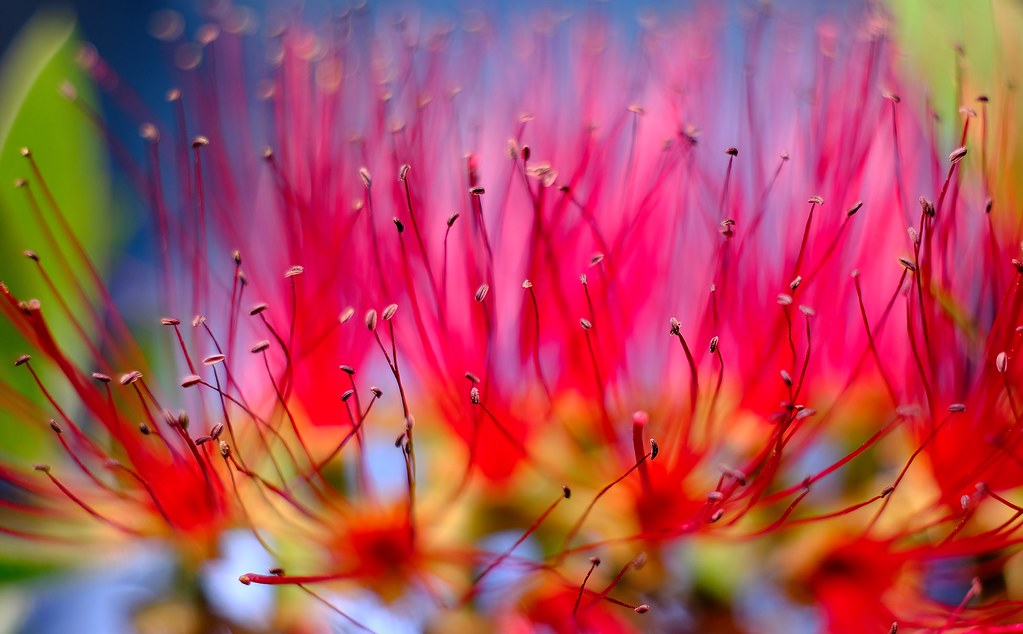






















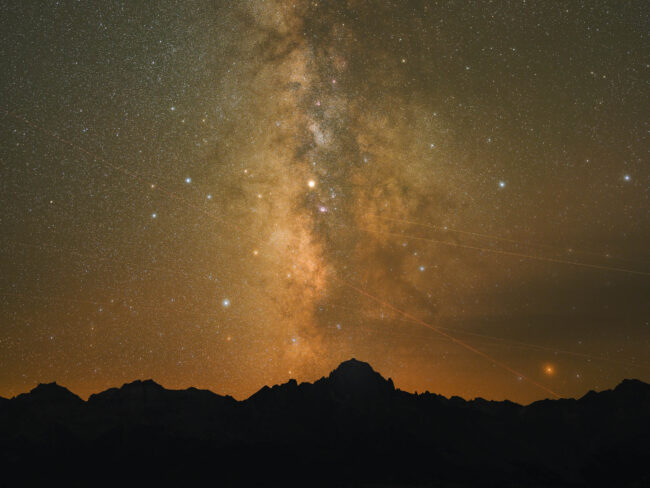
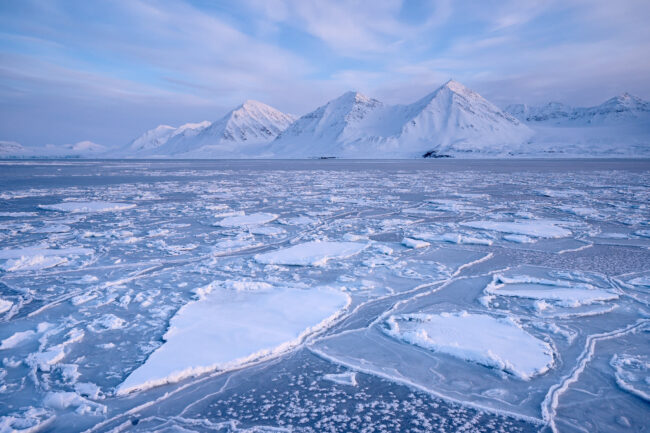
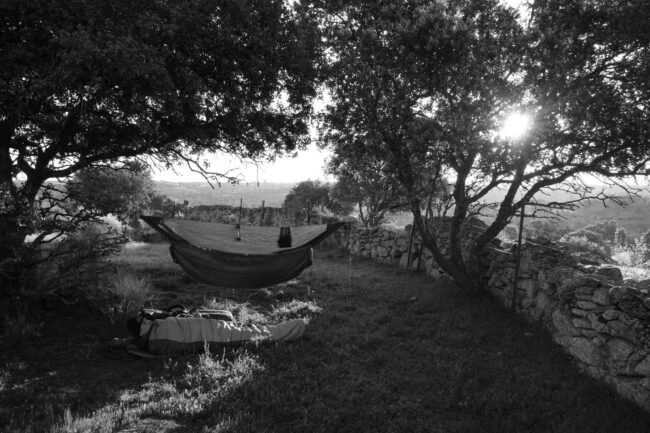
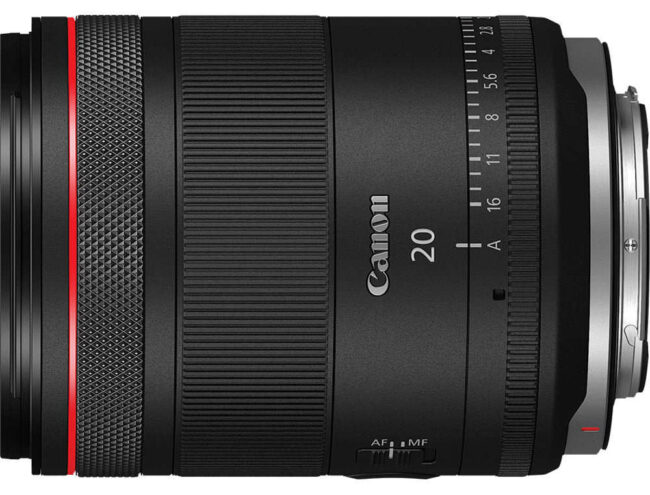







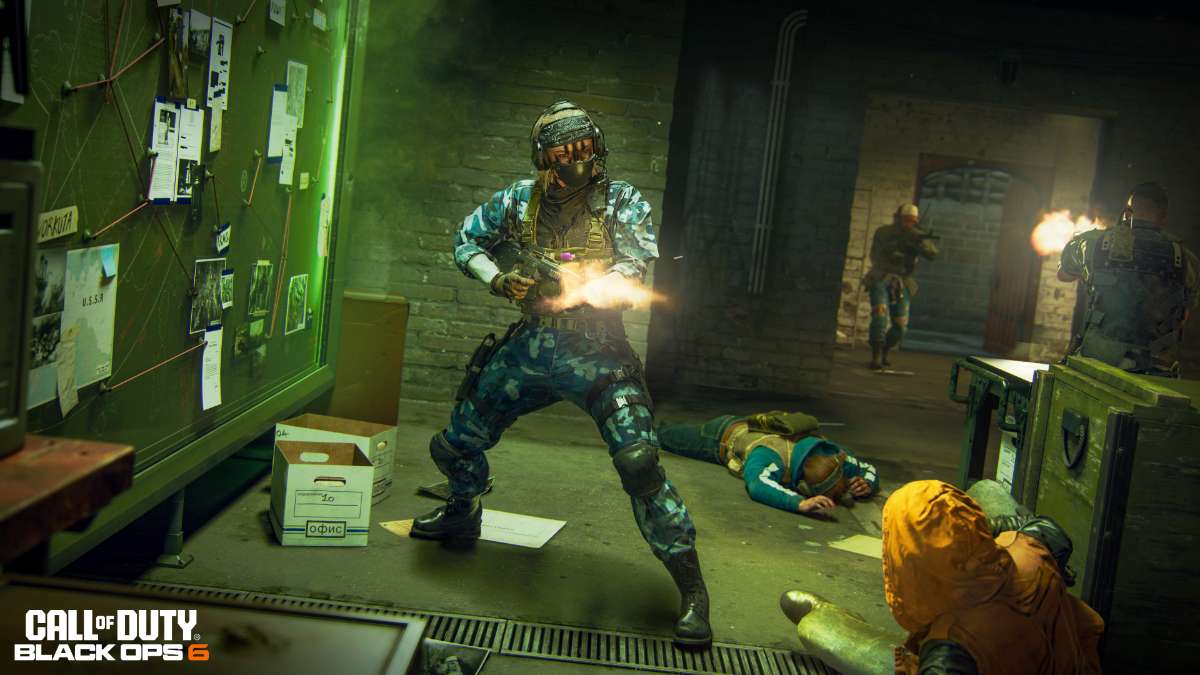
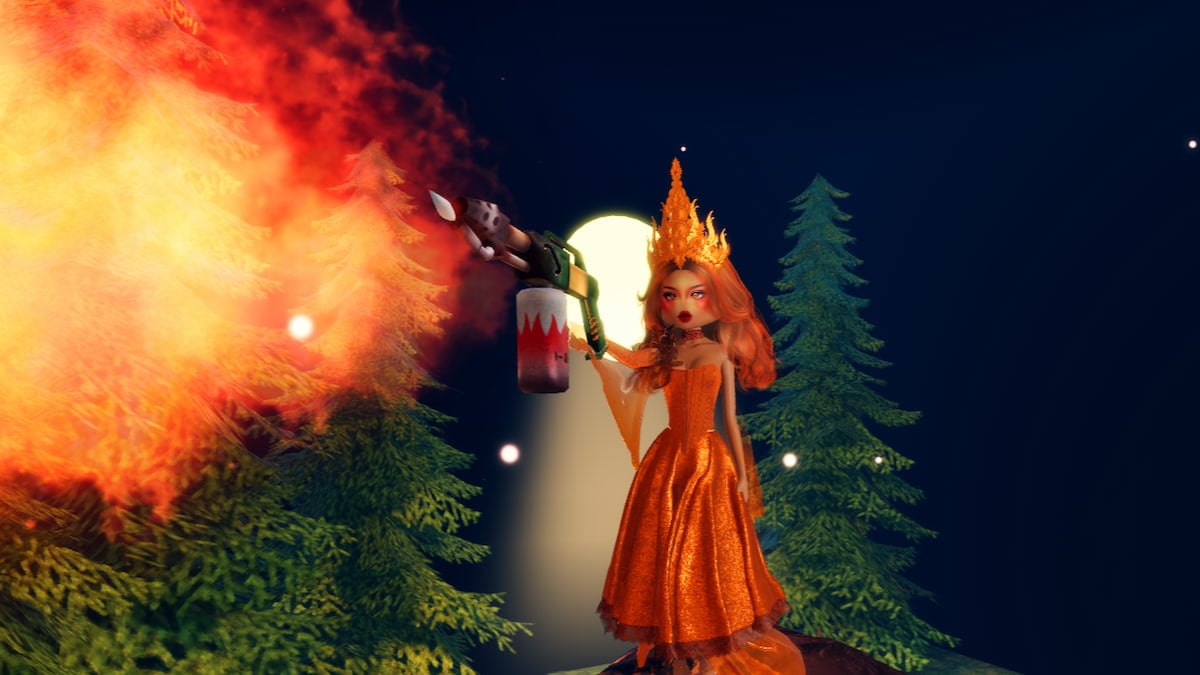


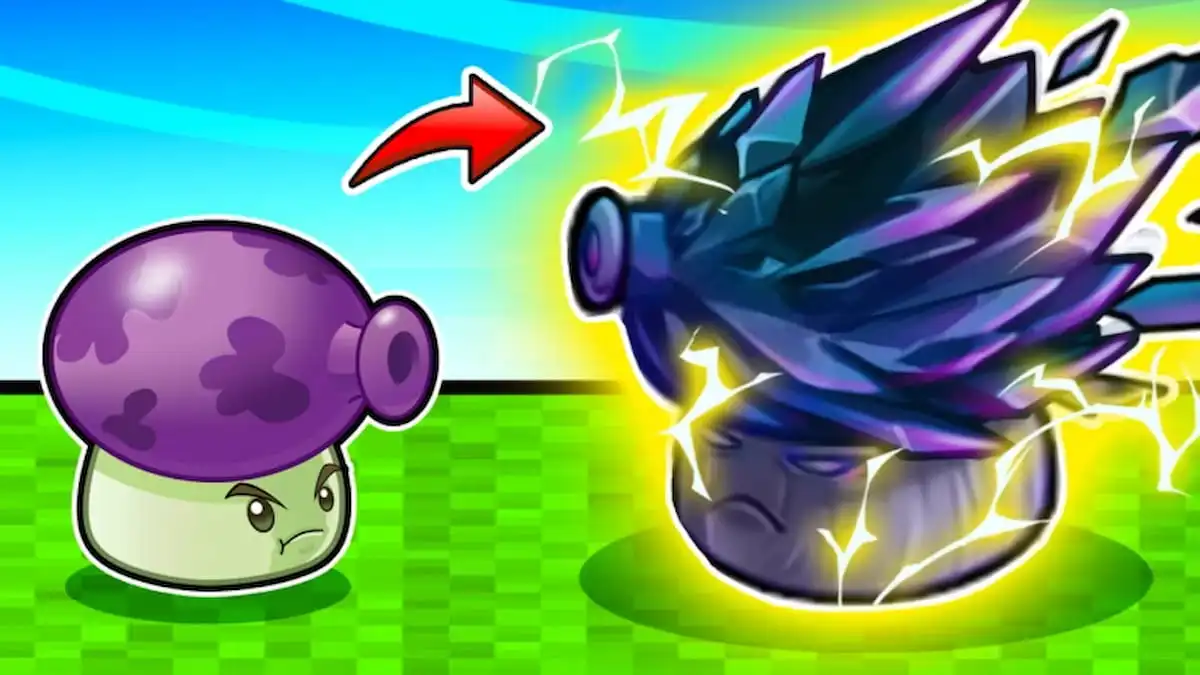
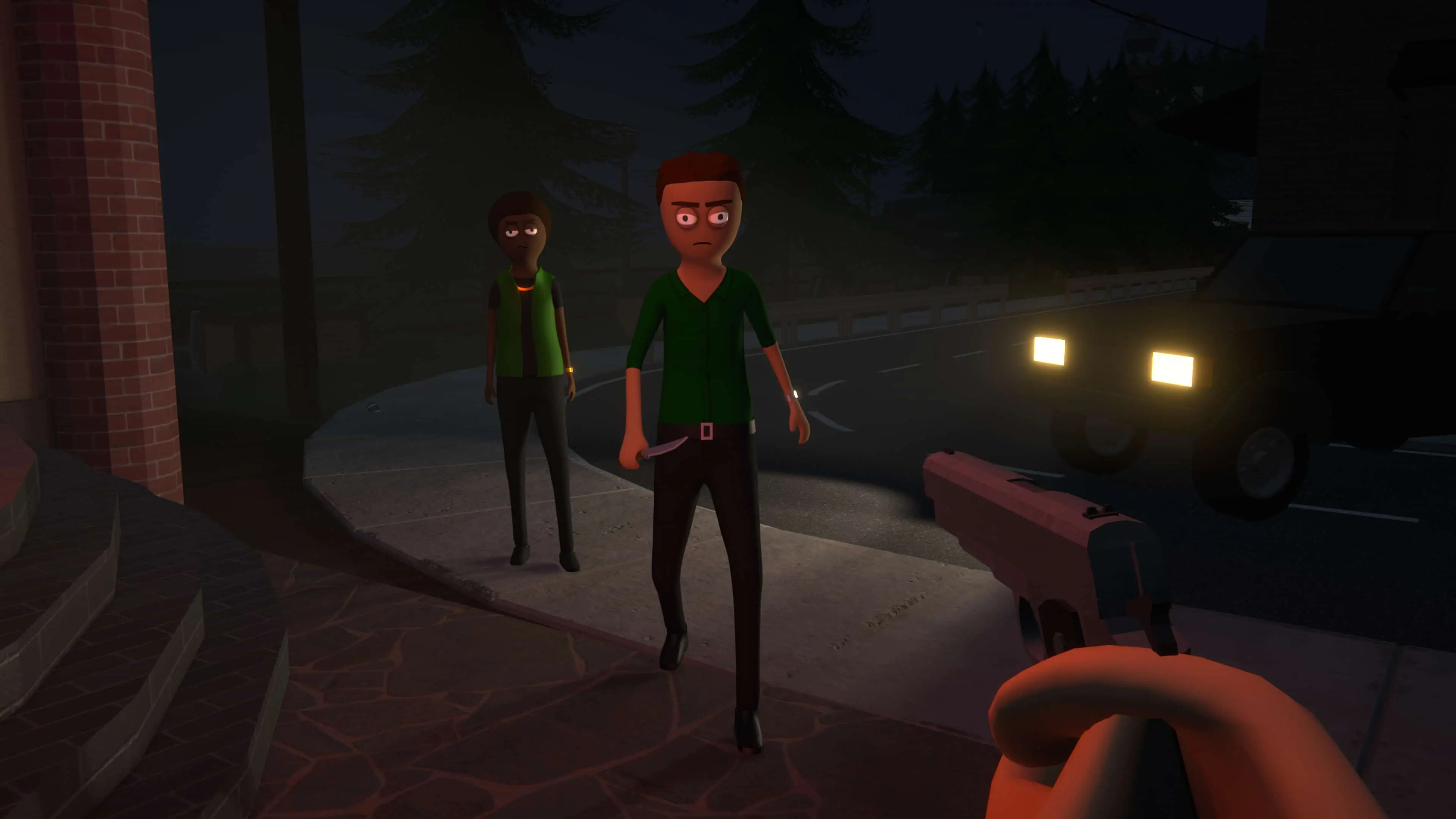



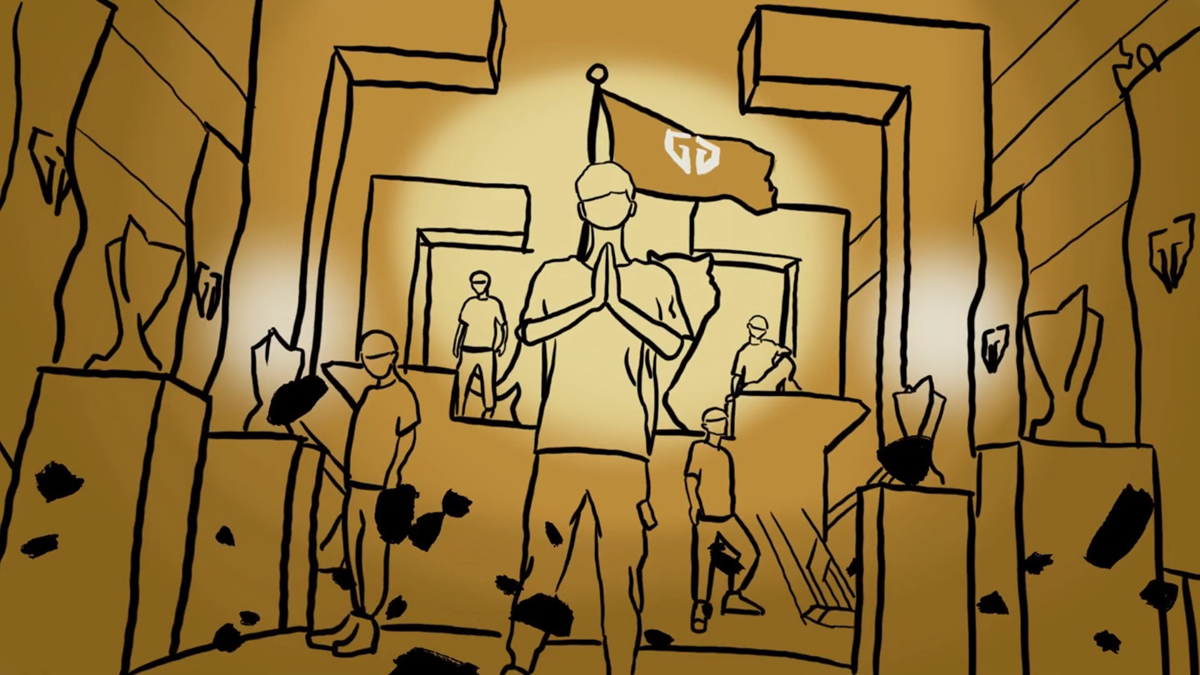




















































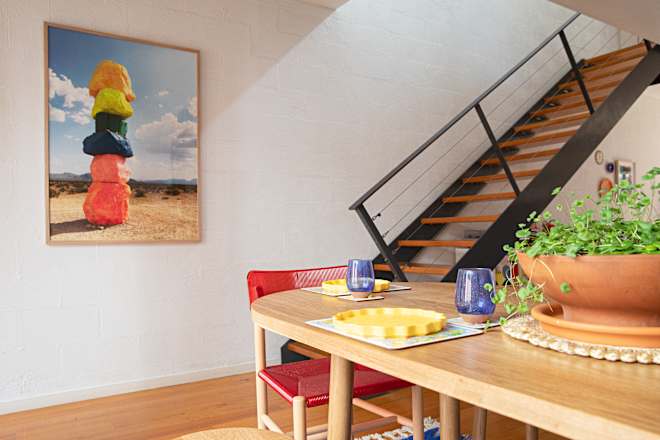









































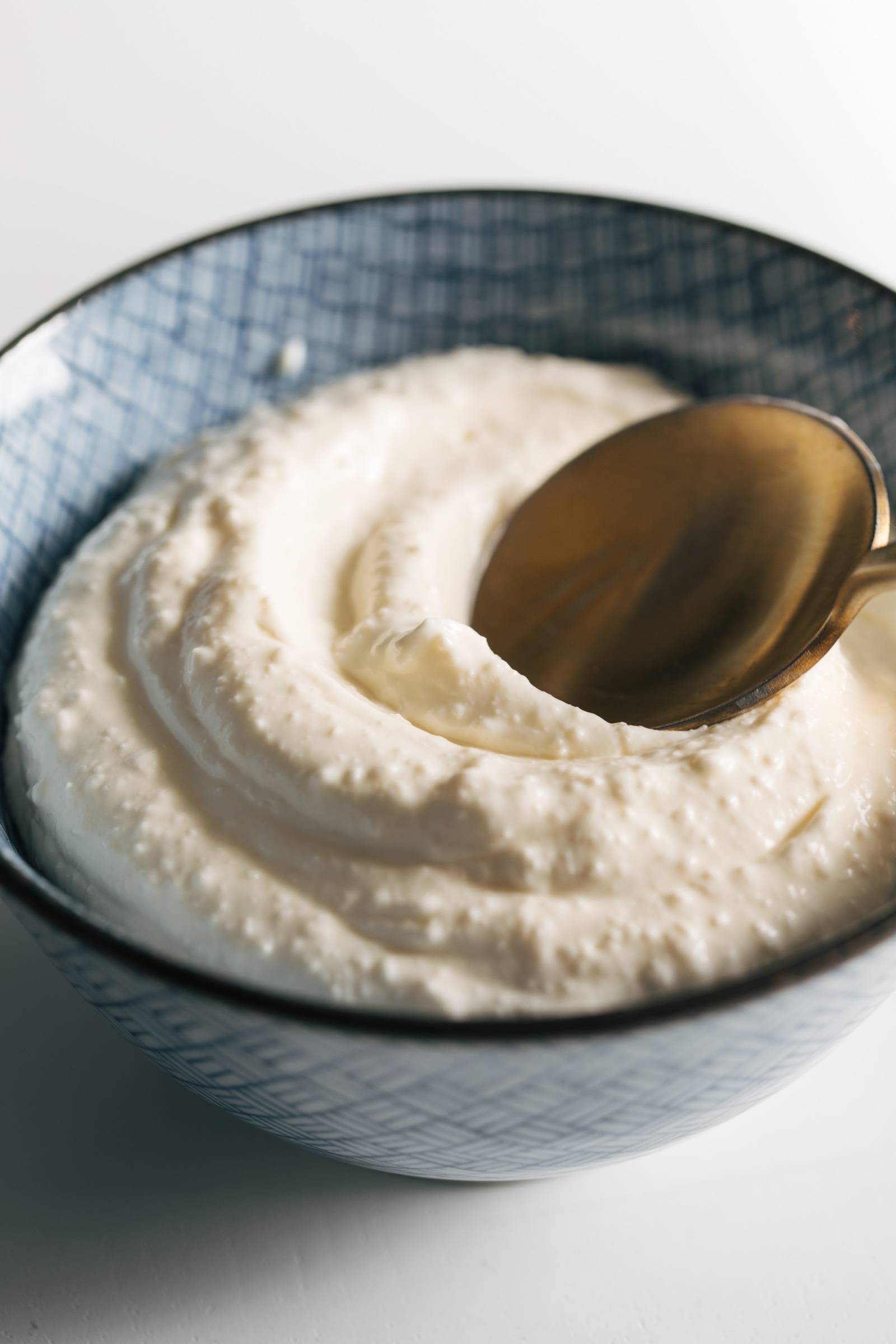



















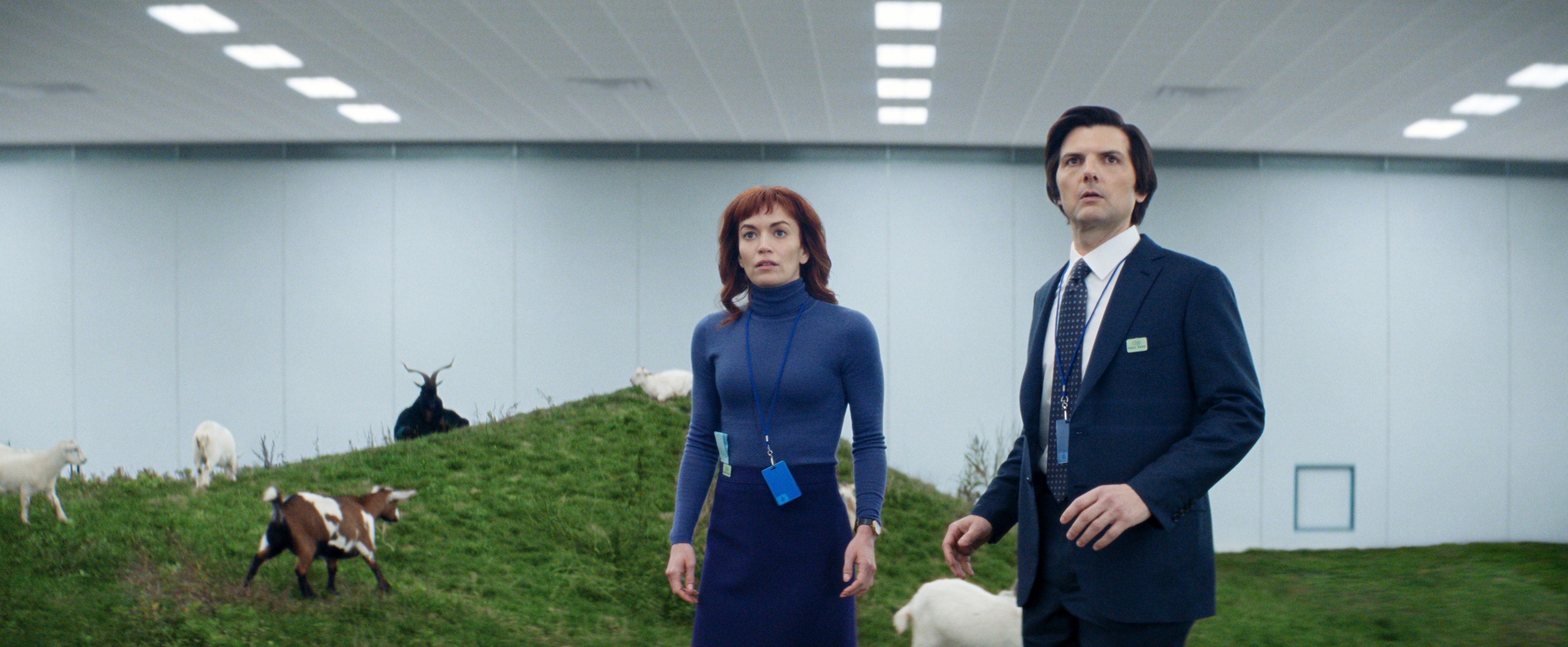




.jpg)






